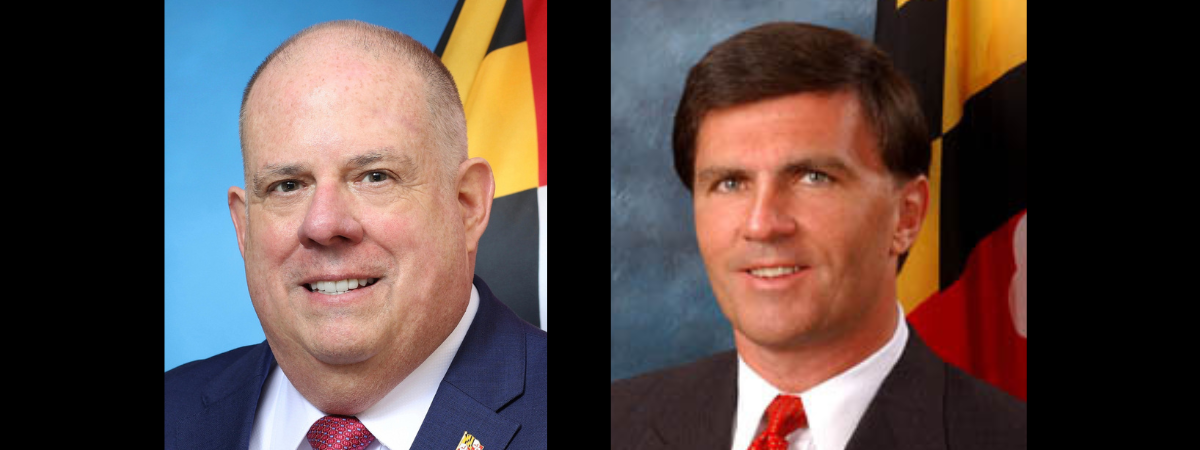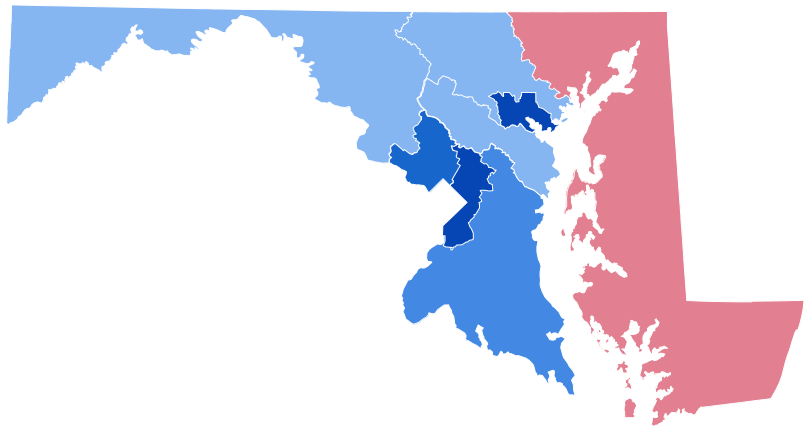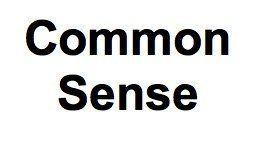Opinion: How to Reforge a Land of Opportunity — A Modest Proposal

A song from Hamilton says it all: “Immigrants. We Get the Job Done.”
Maybe there are many other jobs immigrants can do. Let’s think outside the box. Perhaps a new paradigm is called for.
Recently I drove through north central Florida. This sparsely inhabited, flat, scruffy landscape reaches for miles and looks depressing. We should cheer it up. As John Winthrop imagined for the Massachusetts Bay Colony, this land could be “as a city upon a hill.” It is not far from major airports and highways and has a pleasing climate. What a perfect location for a new mega-city! An archetype for the world! America is great again!
I can see it now. Envision this — a new metropolis initially established by the federal government, built and then staffed by immigrants, in partnership with Amazon, Walmart, and other labor-intensive national and international businesses that cannot fulfill the continual need for skilled and unskilled workers.
The source of funds for such an enormous project?
Think of the vast, inestimable amount of money now spent on U.S.-Mexico border patrols, enforcement, infrastructure, technology, emergency medical and social services, attorneys, busing immigrants to New York! Instead of this DEstructive, dream-killing policy being implemented every day by the U.S. government, imagine a CONstructive (pun intended) project where everyone wins. Build a new city, bring those immigrants, grant them legal authorization to work, and employ them. Imagine! It would be cheaper than the wall!
Of course, the Republican governor of Florida and his supporters in the Florida statehouse will be overjoyed to see this city arise. An increase in population will add to Florida’s representation in Congress, and possibly even add an electoral vote. And since, as non-citizens, they will be ineligible to vote, they pose no threat to the established order in the state.
In 2023, 2.5 million people were turned away from the U.S.-Mexico border — 2.5 million people wanting to work. In 2022 it was over two million people, and authorities fully expect that this number to hold steady or to increase in 2024.
According to the Economic Policy Institute, “about 50% of the labor market’s extraordinary recent growth came from foreign-born workers between January 2023 and January 2024.” Catherine Rampell writes on this topic for the Washington Post. She points out that one reason immigrants are more likely to work than native-born people is that they tend to be considerably younger. Their arrival can offset that alarming, expected decrease in workers due to our aging population. She quotes a Congressional Budget Office forecast that, from 2023 to 2034, the U.S. GDP will be $7 trillion higher than it otherwise would have been without immigrants.
“Immigration is one of America’s great sources of power and prosperity,” according to economist Paul Krugman. Why do we not welcome these people?
It’s just Common Sense.
Editors’ Note: Just in case some readers didn’t have their coffee yet and weren’t completely awake before they read this, yes, this article is intended as satire — a spoof, a tongue-in-cheek look at the immigration issue. Hope you enjoyed it.
Muriel Cole lives in Chestertown where she enthusiastically works to solve problems, large and small, and to make the world a better place for all of us. She has a great sense of humor.
Common Sense for the Eastern Shore







